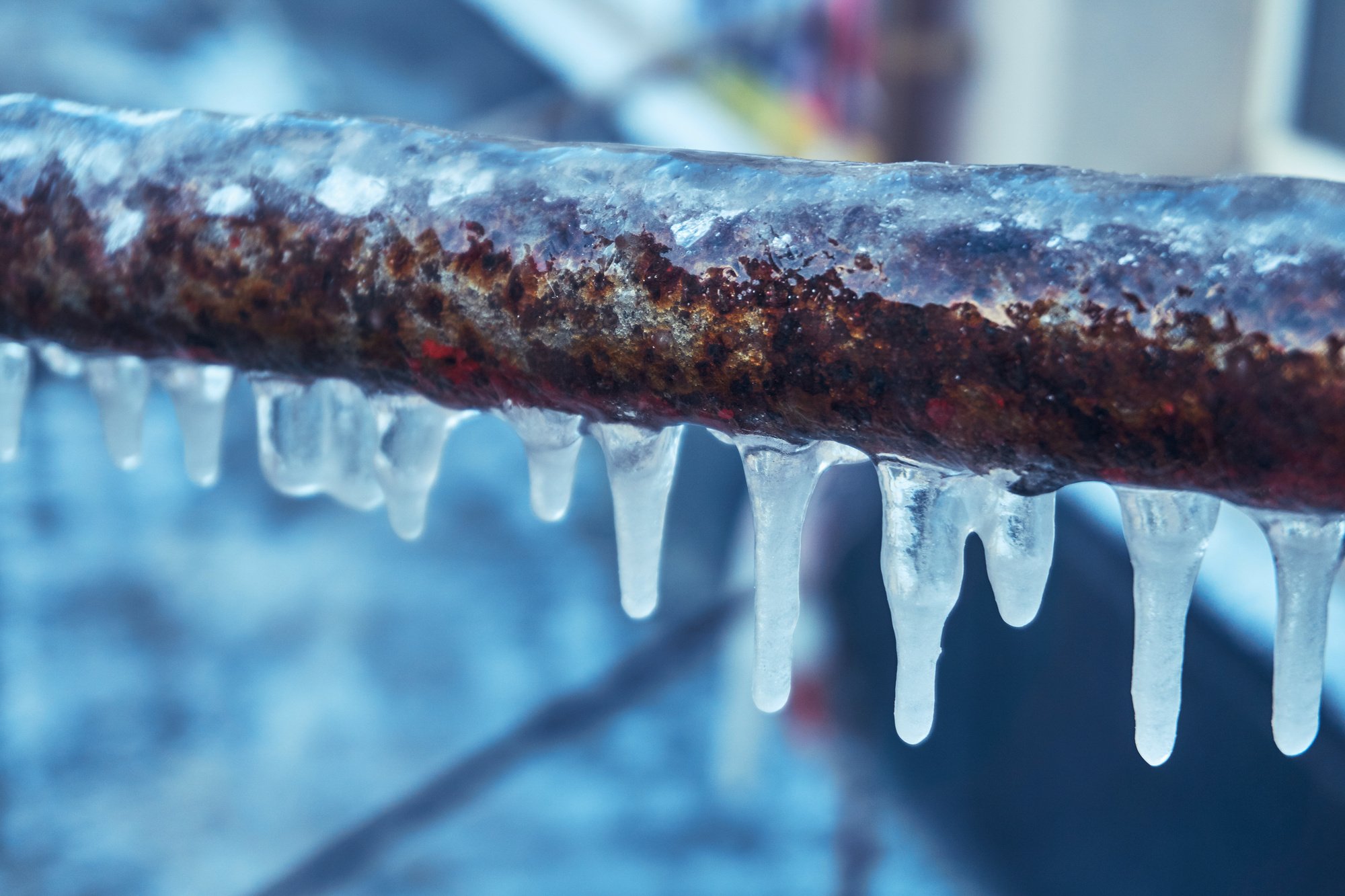Important Tips to Avoid Frozen Pipes in Cold Weather: Expert Insights
Important Tips to Avoid Frozen Pipes in Cold Weather: Expert Insights
Blog Article
Everybody may have their own opinions when it comes to How to Prevent Your Pipes From Freezing.

Winter can ruin your pipes, particularly by freezing pipelines. Below's just how to stop it from occurring and what to do if it does.
Intro
As temperatures decline, the danger of icy pipelines boosts, potentially leading to expensive repairs and water damages. Recognizing just how to prevent frozen pipes is essential for house owners in chilly environments.
Comprehending Icy Pipelines
What causes pipelines to freeze?
Pipes ice up when revealed to temperatures below 32 ° F (0 ° C) for prolonged periods. As water inside the pipelines freezes, it expands, taxing the pipeline wall surfaces and potentially causing them to burst.
Risks and problems
Icy pipelines can lead to water supply disruptions, residential property damages, and expensive repair work. Ruptured pipelines can flooding homes and cause considerable structural damage.
Indications of Frozen Piping
Determining frozen pipes early can stop them from rupturing.
Exactly how to identify frozen pipes
Seek decreased water circulation from faucets, uncommon odors or noises from pipes, and noticeable frost on revealed pipelines.
Avoidance Tips
Shielding prone pipes
Wrap pipelines in insulation sleeves or use heat tape to safeguard them from freezing temperature levels. Focus on pipelines in unheated or outside areas of the home.
Heating techniques
Maintain indoor spaces sufficiently heated, particularly areas with pipes. Open cabinet doors to allow cozy air to circulate around pipes under sinks.
Securing Outside Pipes
Garden hoses and outdoor faucets
Disconnect and drain pipes garden tubes before winter months. Install frost-proof faucets or cover outside taps with insulated caps.
What to Do If Your Pipes Freeze
Immediate actions to take
If you presume icy pipes, keep faucets available to eliminate pressure as the ice thaws. Make use of a hairdryer or towels soaked in warm water to thaw pipelines slowly.
Long-Term Solutions
Architectural adjustments
Consider rerouting pipes away from outside wall surfaces or unheated areas. Add extra insulation to attics, basements, and crawl spaces.
Updating insulation
Invest in top notch insulation for pipelines, attics, and wall surfaces. Appropriate insulation helps keep constant temperatures and lowers the danger of frozen pipelines.
Verdict
Avoiding frozen pipelines needs aggressive measures and fast reactions. By understanding the reasons, indications, and preventive measures, property owners can safeguard their pipes throughout winter.
6 Proven Ways to Prevent Frozen Pipes and Protect Your Home
Disconnect and Drain Garden Hoses
Before winter arrives, start by disconnecting your garden hoses and draining any remaining water. Close the shut-off valves that supply outdoor hose bibs and leave the outdoor faucet open to allow any residual water to drain. For extra protection, consider using faucet covers throughout the colder months. It’s also important to drain water from any sprinkler supply lines following the manufacturer’s directions.
Insulate Exposed Pipes
Insulating your pipes is an effective way to prevent freezing. Pipe insulation is readily available at home improvement stores and is relatively inexpensive. Pay close attention to pipes in unheated areas such as the attic, basement, crawl spaces, or garage. Apply foam insulation generously to create a buffer against the cold. You can also wrap your pipes in heat tape or thermostat-controlled heat cables for added warmth.
Seal Air Leaks
Inspect your home for any cracks or openings that could let in cold air. Seal any holes around the piping in interior or exterior walls, as well as the sill plates where your home rests on its foundation. Additionally, make sure to keep your garage door closed unless you’re entering or exiting. Leaving it open creates a significant air leak that can lead to frozen pipes.
Allow Warm Air Circulation
During cold snaps, it’s essential to allow warm air to circulate evenly throughout your home. Leave interior doors ajar to promote better airflow. Open kitchen and bathroom cabinets to help distribute heat consistently around the rooms. If you have small children or pets, be sure to remove any household chemicals or potentially harmful cleaners from open cabinets for safety.
Let Faucets Drip
A small trickle of water can make a big difference in preventing ice formation inside your pipes. When temperatures drop significantly, start a drip of water from all faucets served by exposed pipes. This continuous flow helps prevent the water from freezing. Additionally, running a few faucets slightly can relieve pressure inside the pipes, reducing the chances of a rupture if the water inside does freeze.
https://choateshvac.com/6-proven-ways-to-prevent-frozen-pipes-and-protect-your-home/

We hope you enjoyed reading our piece on Winter Plumbing Precautions: Preventing Frozen Pipes. Many thanks for finding the time to browse our piece of content. Liked our write-up? Please quickly share it. Let somebody else discover it. Thanks so much for taking the time to read it.
Request Service Report this page